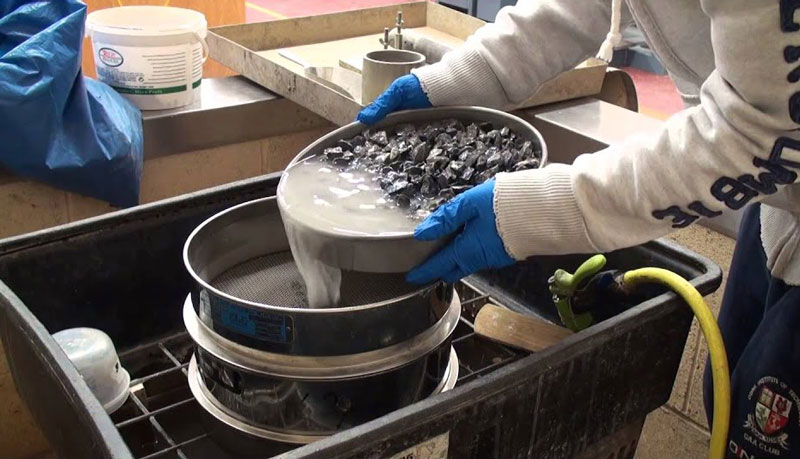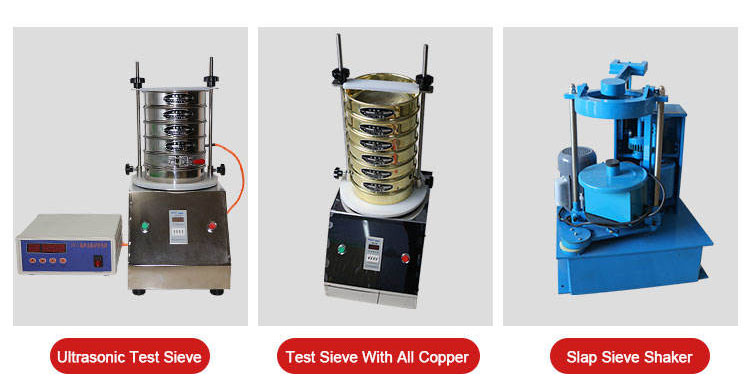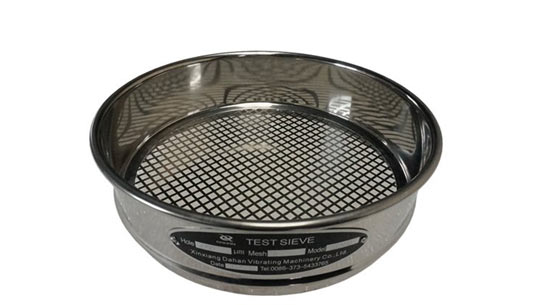What is wet vs dry sieve analysis?
Saturday March-11 2023 15:10:00
Wet vs dry sieve analysis are common laboratory sample analysis methods. The purpose of the two different analysis methods is to face samples in different states to achieve the best analysis results. The differences between wet vs dry sieve analysis are as follows:

Dry sieving method: For processing dry or free-falling highly mobile granular and powder samples. These samples can flow and separate on their own and are suitable for handling powder particles such as chemicals, food and pharmaceuticals. Or for sample particles and powders that are partially soluble in water, dry sieve method is a more suitable analysis method.

Wet sieving method: use liquid substances to treat samples that are difficult to pass through the sieve or are solid, or remove washable or water-soluble impurities that adhere to the sample and affect the analysis results.
The method is to add a liquid (usually water) to the sample to be tested, so that the fine particles pass through the sieve, while grading and agglomerating, and then dry the sample for evaluation. Wet sieving is suitable for samples with a high concentration of fine particles. Particles or samples that are not easily broken by mechanical shaking. Clays, such as clay or silt, can clump together to form larger particles that cannot pass through the mesh.



